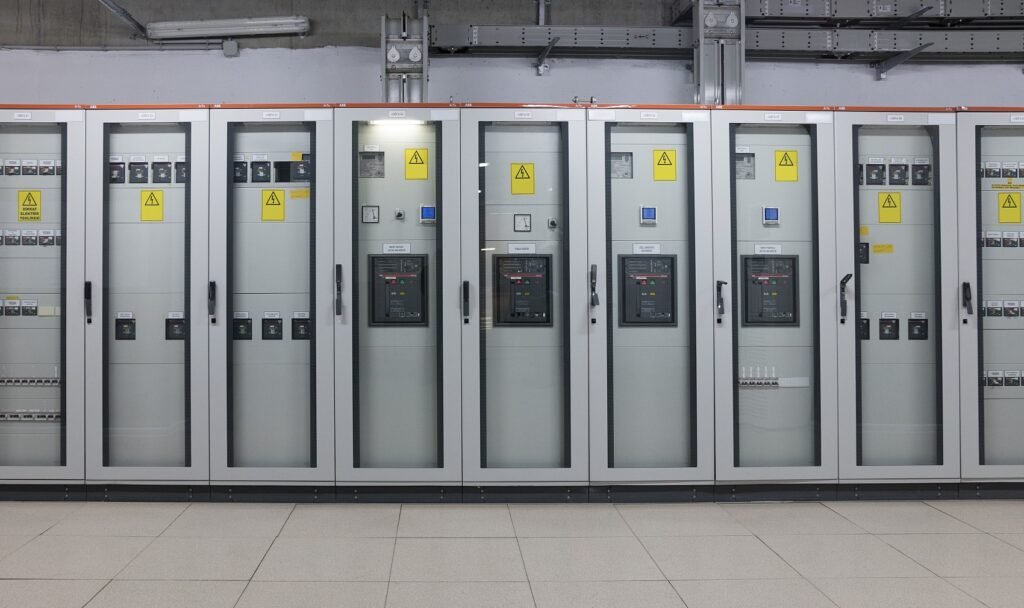In today’s rapidly developing technology, electricity—the vital energy that powers our society—has become inseparable from our daily lives, spanning all facets of life, from domestic usage to industrial production, from urban lighting to transportation. However, the smooth operation of the power system is not without challenges. It is the role of the power protection system to safeguard the security and stability of the power system against various faults and abnormalities.

The Importance of Power Protection
The power protection system serves as a sentinel for the power system. Its primary function is to rapidly isolate faulty sections, preventing the spread of damage and ensuring the safety of electrical equipment and the system as a whole. Moreover, it provides early warning signals in case of system abnormalities, prompting operators to take prompt action and avoid potential losses. Power protection is paramount in ensuring the continuous and reliable supply of electricity.
Power Protection Devices and Technologies
The cornerstone of the power protection system is its devices and underlying technologies. Currently, common power protection devices include fuses, circuit breakers, and surge protectors. While each serves a distinct purpose, they are all geared towards ensuring the seamless operation of the power system.
Fuses are simple yet effective devices that interrupt faulty currents by melting, thus preventing damage to electrical equipment. Efficient and cost-effective, they are limited in their reuse once they have melted.
Circuit breakers, on the other hand, are more advanced devices that automatically trip upon detection of faulty currents, similarly interrupting faulty currents. Compared with fuses, the advantage of circuit breakers is that they can be reused, but accordingly, their construction is more More complex and more costly.
Surge protectors are specialized devices designed to safeguard electronic equipment from voltage surges that may cause damage. These surges may be caused by lightning strikes or switching operations and can potentially damage electronic equipment. By absorbing these surges, surge protectors effectively protect electronic equipment.
In addition to these common devices, numerous other power protection technologies exist, including over-current protection, ground fault protection, and more. The implementation of these various technologies ensures the robust protection of the power system against potential failures.
Strategies for Implementing Power Protection
The success of power protection lies in strategic implementation. This involves regular inspection and maintenance to identify potential issues, preventative measures to mitigate risks before they materialize into failures, and contingency plans that kick in during emergencies to minimize the impact of failures.
Regular inspection and maintenance form the foundation of power protection efforts. Through regular checks and scheduled maintenance, potential issues are identified early and addressed promptly, preventing future failures. Preventive measures aim to anticipate potential failures based on monitoring and analysis of the power system’s operational status. This predictive approach enables proactive measures to be taken before problems arise. Contingency plans serve as a failsafe mechanism during emergency situations when power system failures occur. These plans detail the rapid activation of response measures to mitigate the impact of failures and ensure a swift return to normal operations.
Case Studies
To further illustrate the significance and practical applications of power protection, it is instructive to examine real-world case studies:
- In one instance of a widespread blackout in a city, the failure of the power protection system to isolate the faulty section resulted in a cascading failure that caused widespread damage and power outages. This case underscores the critical importance of power protection systems in averting catastrophic consequences by promptly isolating faults.
- In another instance at a factory, a fortuitous activation of the power protection equipment prevented a cascading electrical fire by promptly tripping the circuit and interrupting the faulty current flow. This case highlights the life-saving role of power protection equipment in preventing disasters by promptly responding to faults.
Future Trends and Challenges
As technology continues to advance and power systems become increasingly complex, new challenges and opportunities arise for power protection. The integration of renewable energy sources and increasing interconnections within the grid pose novel challenges for power system stability and fault mitigation measures. The increasing penetration of renewable energy sources introduces variable and unpredictable elements into power systems, challenging traditional protection strategies. Additionally, the increasing interconnectedness of grids facilitates the propagation of faults across wider areas, necessitating more robust protection measures. To address these challenges, there is a growing emphasis on incorporating intelligent automation technologies into power protection strategies. By leveraging AI, big data analytics, and other advanced technologies, power systems can achieve real-time monitoring and analysis of operational conditions, enabling faster and more accurate identification of faults for effective isolation and mitigation measures. Furthermore, with the increasing interconnectedness of grids comes an increased need for cooperation and coordination among different operators to ensure effective protection across larger geographical.